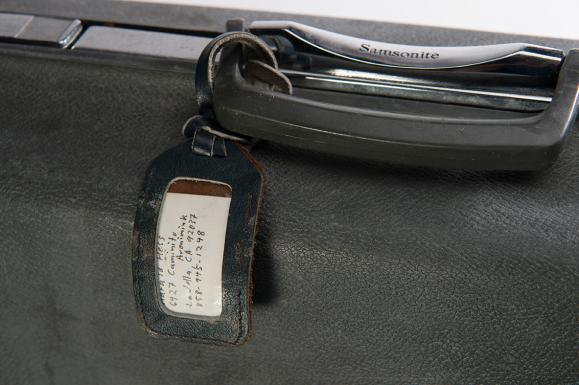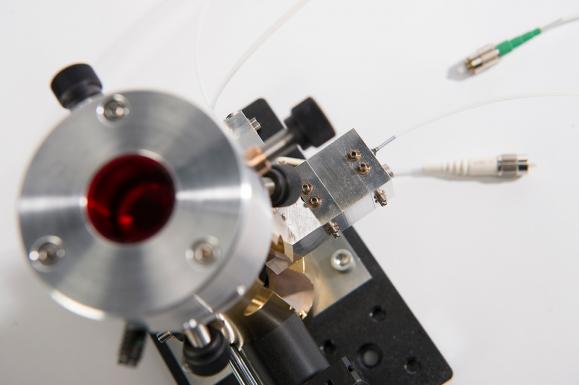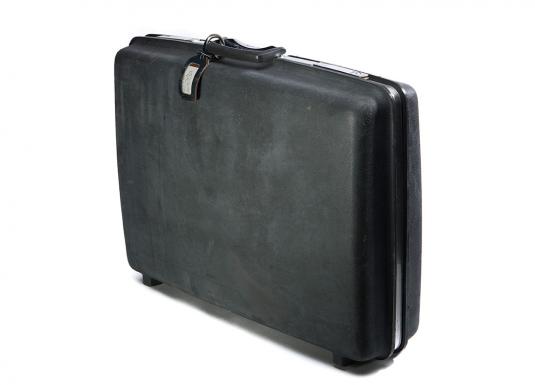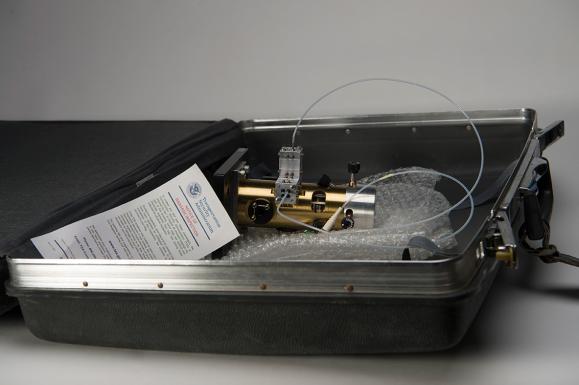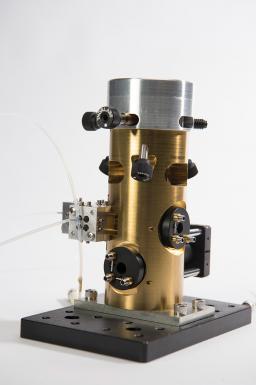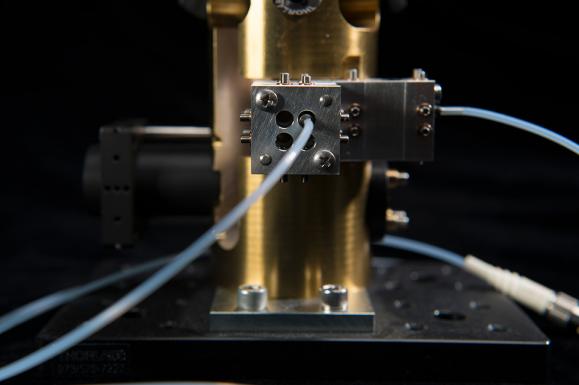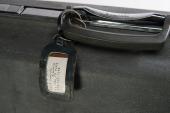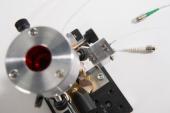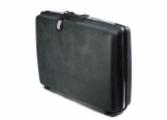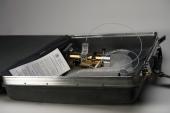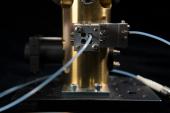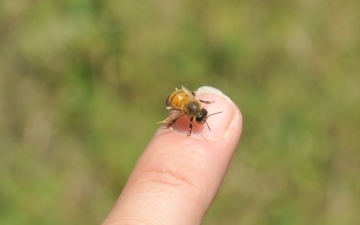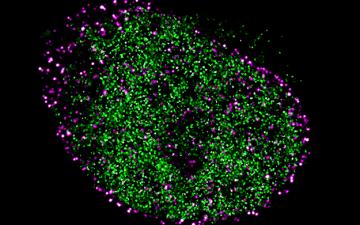Main Menu (Mobile)- Block
- Overview
-
Support Teams
- Overview
- Anatomy and Histology
- Cryo-Electron Microscopy
- Electron Microscopy
- Flow Cytometry
- Gene Targeting and Transgenics
- High Performance Computing
- Immortalized Cell Line Culture
- Integrative Imaging
- Invertebrate Shared Resource
- Janelia Experimental Technology
- Mass Spectrometry
- Media Prep
- Molecular Genomics
- Primary & iPS Cell Culture
- Project Pipeline Support
- Project Technical Resources
- Quantitative Genomics
- Scientific Computing
- Viral Tools
- Vivarium
- Open Science
- You + Janelia
- About Us
Main Menu - Block
- Overview
- Anatomy and Histology
- Cryo-Electron Microscopy
- Electron Microscopy
- Flow Cytometry
- Gene Targeting and Transgenics
- High Performance Computing
- Immortalized Cell Line Culture
- Integrative Imaging
- Invertebrate Shared Resource
- Janelia Experimental Technology
- Mass Spectrometry
- Media Prep
- Molecular Genomics
- Primary & iPS Cell Culture
- Project Pipeline Support
- Project Technical Resources
- Quantitative Genomics
- Scientific Computing
- Viral Tools
- Vivarium
The Janelia Archives
Artifact Name: PALM Suitcase Science
Science
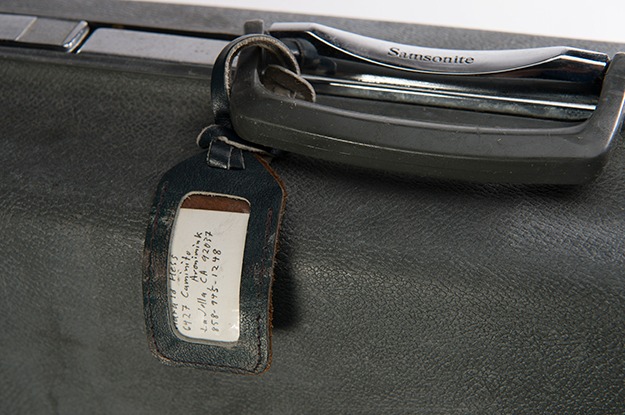
When physicist Harald Hess flew to visit Janelia for the first time, his carry-on suitcase held deconstructed pieces of a six-foot-long microscope that he and colleague Eric Betzig, a fellow physicist, had built in Hess’s living room. Their invention, known as PALM (photoactivated localization microscopy), enables scientists to image live cells in super-resolution, and in turn, inspect cellular and subcellular events in unprecedented detail.
PALM uses special light-activated fluorescent probes, allowing scientists to selectively choose individual molecules, or sets of molecules, to image. Each frame captures a different subpopulation of glowing molecules, and after taking thousands of these snapshots, scientists can compile them into a single, super-resolved image. In 2014, Betzig and colleagues received the Nobel Prize in Chemistry for conceiving and developing the technique.
A decade or so after Hess’s initial visit to Janelia, he keeps the gray, hard-shelled “PALM suitcase” close by. It’s stored beneath a bench in his Janelia lab, complete with TSA documentation.
On his first trip to Janelia, Harald Hess used this suitcase to pack up the PALM microscope.
Photoactivated localization microscopy, or PALM, allows scientists to see live cells in super-resolved fluorescence.
On his first trip to Janelia, Harald Hess used this suitcase to pack up the PALM microscope.
Inside the suitcase were the deconstructed pieces of the six-foot-long microscope.
Photoactivated localization microscopy, or PALM, allows scientists to see live cells in super-resolved fluorescence.
Photoactivated localization microscopy, or PALM, allows scientists to see live cells in super-resolved fluorescence.

